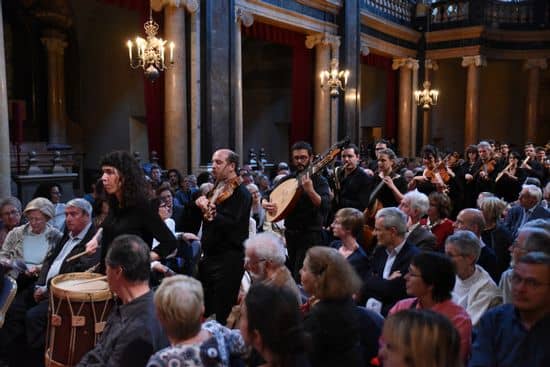The coronation of Louis XIV
After a childhood marked by the death of his father, the political troubles of the kingdom, the authority of his Spanish mother, the paternal presence of an Italian minister worthy heir of Machiavelli, hunger, cold and civil war, on June 7, 1654 in the cathedral of Rheims, Louis Dieudonné de Bourbon was crowned king of France.
Reims welcomes this ceremony with all the possible pomp: the streets are urgently renovated, lodgings are prepared for the great assembly that is about to take place, bridges are restored, all sorts of victuals, furniture, tapestries are transported… Reims will be for a few days the center of a kingdom that is being rebuilt around the young king of 16 years old
The ceremonial was as impressive as that of a theater, the cathedral of Reims was decorated with tapestries, carpets, tribunes, and a throne on the rood screen; all the great men of the kingdom of France, but also the sovereigns of Europe, were present and installed in their places at dawn. They all had in mind the Royal Ballet of the Night, in February 1653, whose unprecedented splendor had consecrated “the greatest king in the world” in the minds of the people. This symbolic and profane coronation was now followed by a real coronation before God: the gold, the machines and the costumes gave way to the staging of the throne, the sumptuous crown, the ermine, the sceptre and the hand of justice, and the processions of the most prestigious figures of the kingdom, accompanied by flights of bells and the ringing of oboes.
Although there is no indication of the precise music played on this occasion, a large number of clues can be traced through a meticulous investigation: the course of the ceremony, the texts sung, the different musical groups present, the instruments used, the number of performers, their location in the cathedral and the types of music.
By crossing all this information, resulting mainly from all the reports made by contemporaries, official or not, sometimes extremely detailed, with the musical sources of this time, in particular the Deslauriers Manuscript and the Manuscript of Tours, we propose today, with the invaluable assistance of the musicologist Thomas Leconte, a coronation of Louis XIV in music, opening the ears of the music lover of the XXIst century on treasures of polyphonies of the past times.
♢
With the collaboration of Thomas Leconte, Centre de musique baroque de Versailles (research pole of the CMBV, team of the CESR – UMR7323).
With the support of the Centre de musique baroque de Versailles.
